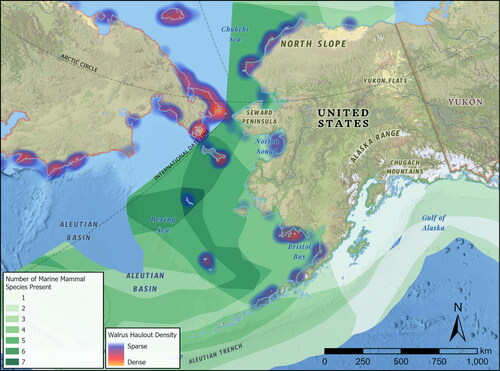Figures & data
Figure 1. Extent of coastal western Alaska, ranging from the Aleutian Archipelago in the south to the Kotzebue Sound in the north. Note the location of archaeological sites mentioned in the text.
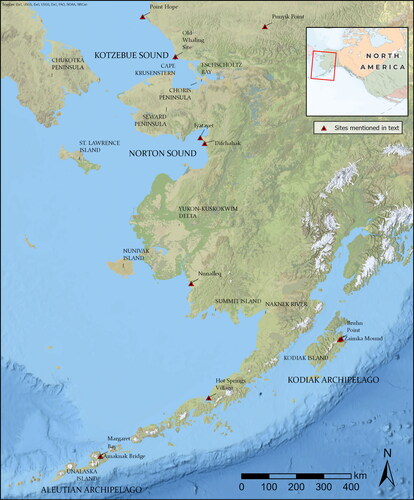
Table 1. Summary of approximate values for relevant environmental parameters in several regions from western Alaska and Tierra del Fuego discussed in the paper.
Figure 2. Location of the Beagle Channel and the Península Miter of Isla Grande, in Tierra del Fuego. Note the location of archaeological sites mentioned in the text.
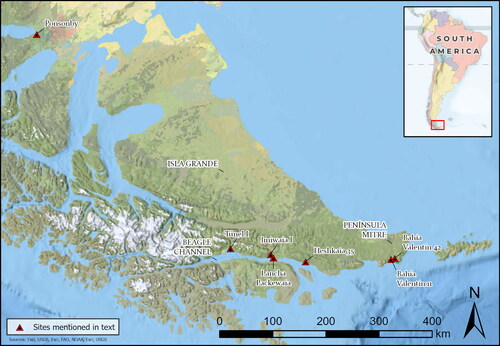
Figure 3. Framework for understanding the strategies that hunter-gatherer-fisher communities, including those in circumpolar coastal landscapes, may deploy to regulate the complex set of relationships between population size and the carrying capacity of the environments in which they live.
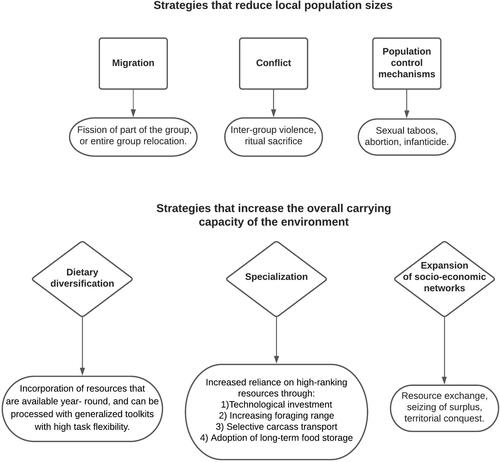
Figure 4. Composite figure depicting elements of material culture associated with maritime-oriented adaptations in circumpolar coastal landscapes. (A,B) Multi-barbed harpoon heads made on bone from the Middle Holocene site of Túnel I, Second Component (Beagle Channel, Tierra del Fuego), after Orquera, Legoupil, and Piana (Citation2011); (C) one of two barbed prongs of a fish arrow collected from a Yup’ik community on Nunivak Island (southwestern Alaska), ca. 1890, after Fitzhugh and Kaplan (Citation1982, 93); (D) stone net sinker from the Second Component of Túnel I (Beagle Channel), after Orquera and Piana (Citation2009); (E) sketch of a typical pre-contact Yup’ik toggling harpoon head; (F) bilateral harpoon with off-center line hole, Hot Springs Village site (southwestern Alaska; 1500–1400 BP), after Maschner (Citation2016, 188); (G) sketch of a typical precontact Yup'ik detachable barbed harpoon made of antler; (H,I) detachable harpoon heads with cross-shaped base made on bone, from the Second Component of Túnel I (Beagle Channel, Tierra del Fuego), after Orquera, Legoupil, and Piana (Citation2011); (J) A large, decorated fish spear head from a Yup’ik community on the Koyuk River, Norton Sound, ca. 1890. Note the carving of a fish. After Fitzhugh and Kaplan (Citation1982, 92). (K) Multi-purpose side-scraper from Túnel I, Second Component (Beagle Channel), after Orquera and Piana (Citation2009). Note the morphological resemblance with the Alaskan uluaq. (I) Sketch of a typical precontact Yup'ik Uluaq (fish-processing knife) with a wooden handle and ground-slate blade.
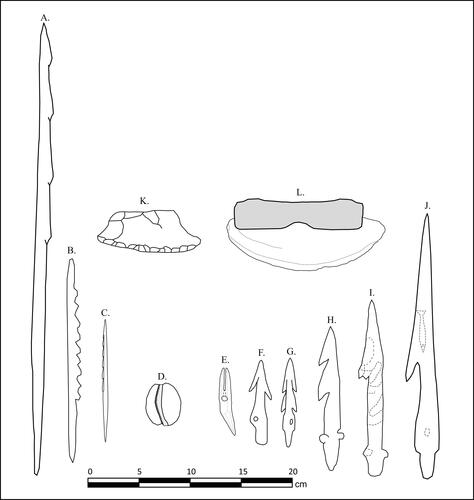
Figure 5. Distribution densities of modern seal colonies in southern Tierra del Fuego, after Martinoli (Citation2018), presented here as a heat map for visual clarity.
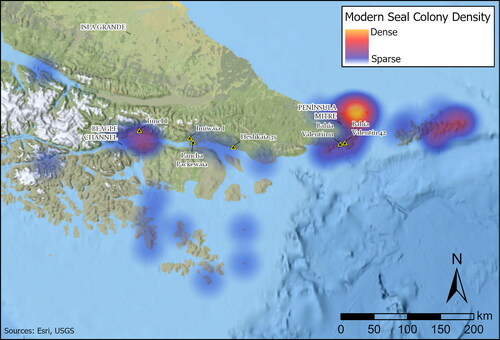
Figure 6. Overlapping areas of distribution of Alaskan marine mammal species, with a heatmap representing the distribution densities of modern walrus colonies in central Beringia. The species depicted are: bearded seal (Erignathus barbatus), northern elephant seal (Mirounga angustirostris), northern fur seal (Callorhinus ursinus), Pacific walrus (Odobenus rosmarus), ribbon seal (Histriophoca fasciata), ringed seal (Pusa hispida), spotted seal (Phoca largha), Stellar’s sea lion (Eumetopias jubatus). All marine mammal distribution data were obtained from the Alaska Department of Fish and Game (2021) and the United States Geological Service (2021).
